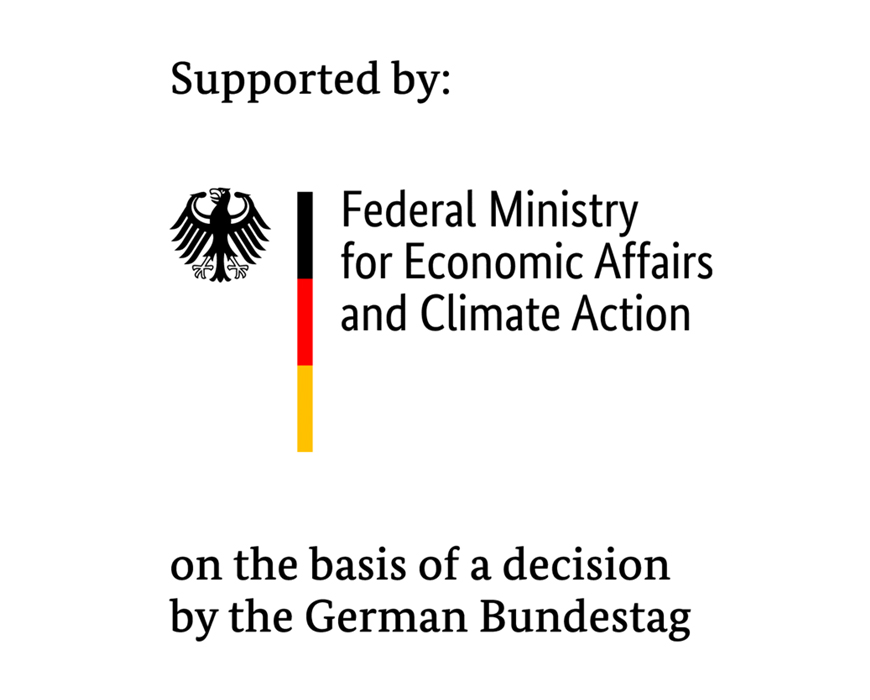| Funding: | Federal Ministry for Economic Affairs and Energy (BMWi) |
| Partners: | Rambøll Wind & Technical University of Hamburg |
| Duration: | 05/2016 - 01/2020 |
Nowadays, the sea ice loads are usually calculated using outdated and uncoupled methods. Therefore, advanced ice models need to be coupled with aero-hydro-servo-elastic simulation tools for load analysis of OWTs. The SeaLOWT project is intended to improve the design process of offshore support structures by considering sea ice loads in coupled numerical analysis. As part of this project, a new advanced ice model, based on experiments and scale measurements, will be developed by the Technical University of Hamburg. Furthermore, a numerical model of an OWT with a support structure that is used in Rambøll Wind’s commercial projects of will be utilized in numerical analysis.
As project coordinator, Fraunhofer IWES will couple state-of-the-art ice models with aero-hydro-servo-elastic simulation tools for load analysis of OWTs. Therefore, the impact of sea ice loads on the global dynamics of OWTs can be estimated. This procedure includes detailed investigation into how transient events, such as start-up, shutdown, various turbine failures, and wind gusts can influence the load effects of different structural components of an OWT.
Furthermore, a number of load mitigation approaches, both passive and active, will be considered based on the obtained ice structure simulation results: this includes tuned mass damper and various pitch control techniques to increase the aerodynamic damping.
